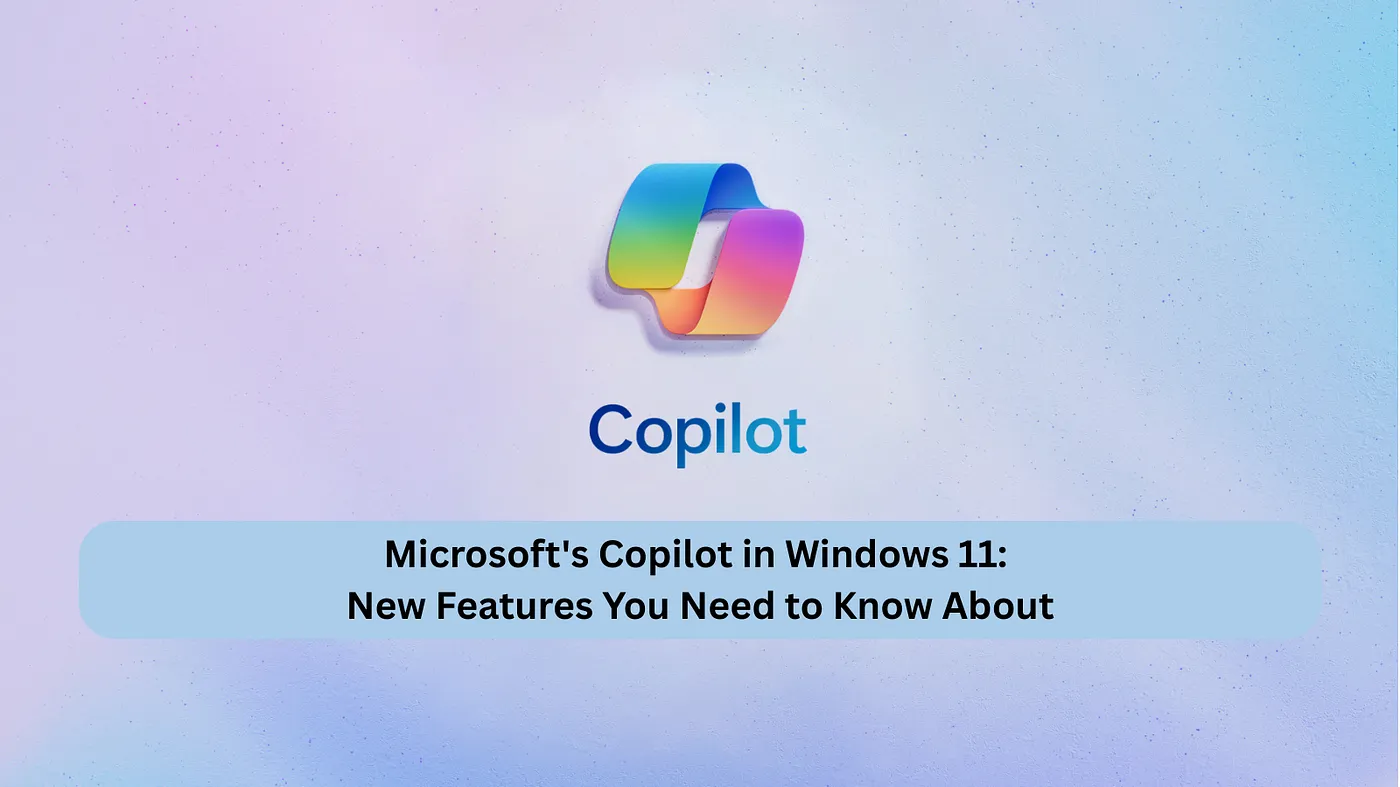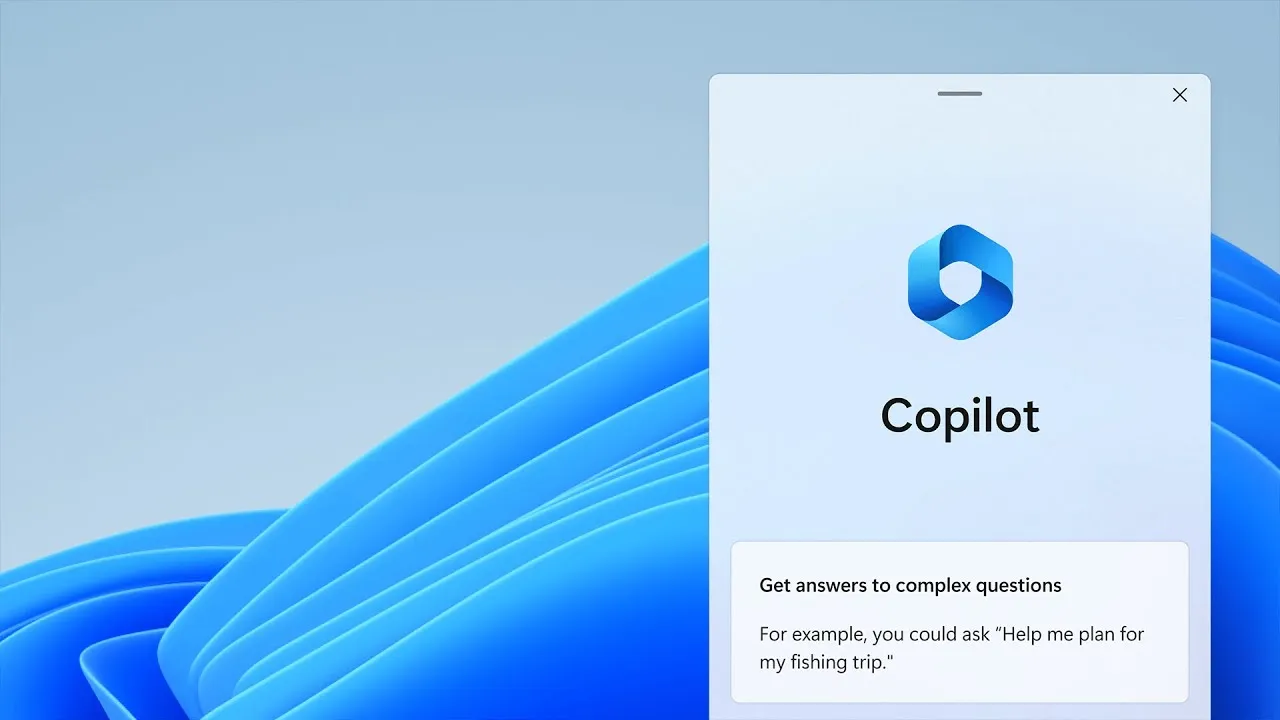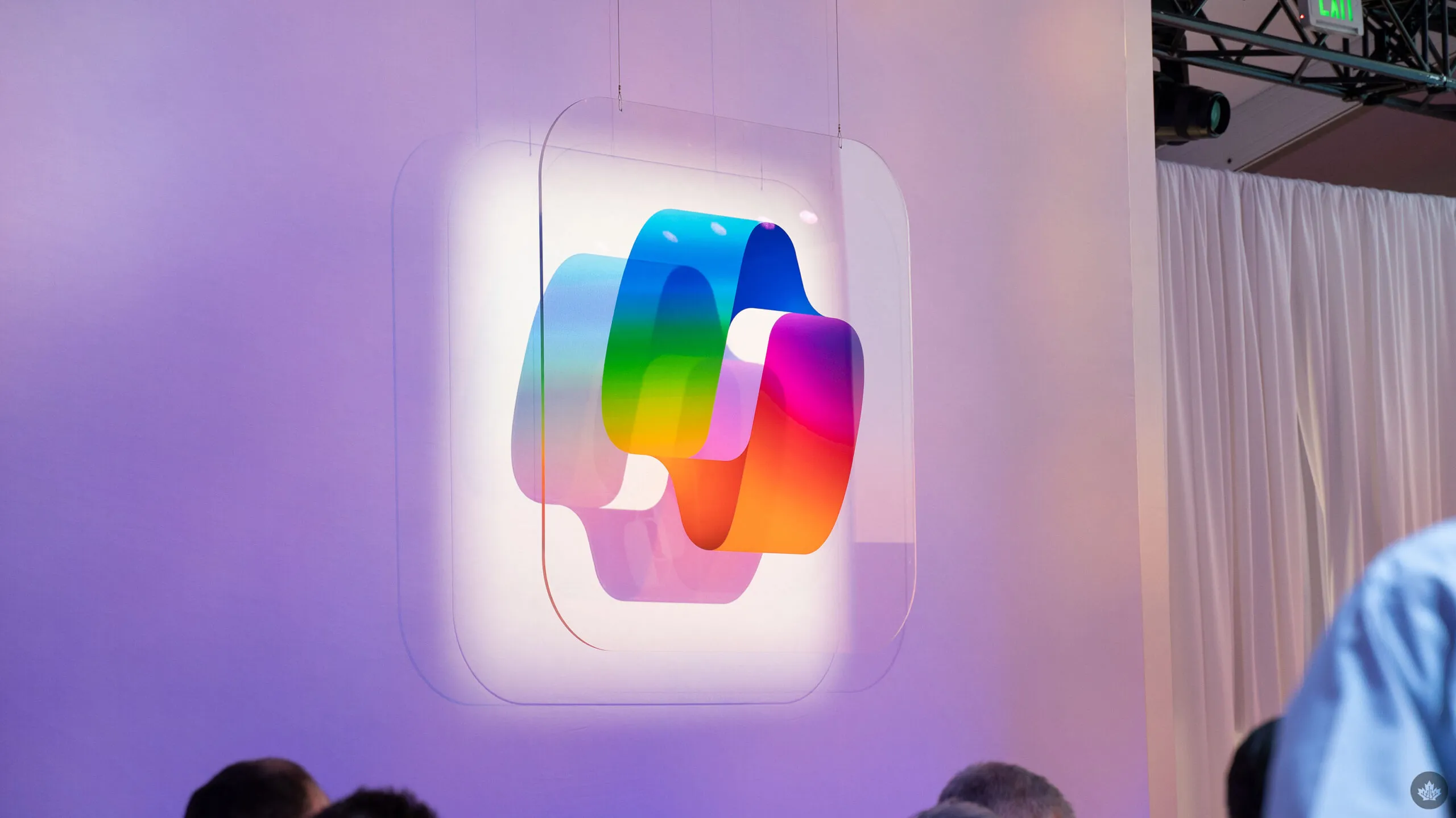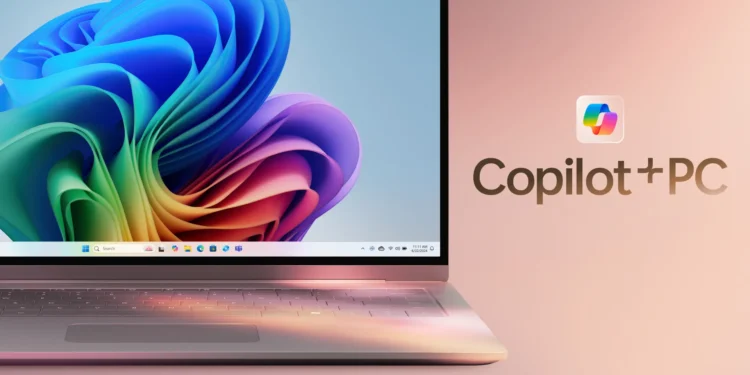Copilot Vision is an extension of Microsoft’s AI-powered Copilot assistant, which aims to streamline the Windows 11 user experience. While earlier versions of Copilot felt like a solution searching for a problem, the latest update introduces a significant shift. Initially, Copilot Vision could only analyze and interpret the contents of web pages in the Microsoft Edge browser. But with the new update, Copilot Vision now works across any app window.

This breakthrough means that users can ask Copilot not just about the content in a document, but also about the interface of the app itself. Want to know how to use a specific tool in Photoshop or find a hidden function in Excel? Copilot Vision can offer real-time help, analyzing the app’s layout and guiding users through its features.
A Life-Saver for Newcomers and Power Users Alike
One of the most impressive aspects of Copilot Vision is its potential to assist users transitioning between similar programs. For example, I recently made the jump from Photoshop to Affinity Photo, a move that has introduced a few learning bumps. Small differences in workflows and UI design have left me feeling frustrated and uncertain.
Copilot Vision, however, could be the perfect tool to guide users like me through these transitions, offering context-sensitive advice that would normally require hours of research or trial and error. It could replace the frantic Googling and endless YouTube tutorials many of us resort to when we’re stuck in an unfamiliar interface.

Could Copilot Vision Become a Must-Have Tool for All Windows 11 Users?
Given the extensive range of users—from beginners to advanced power users—Copilot Vision could become an indispensable tool for anyone learning new applications. Whether you’re struggling with basic functions in Word or diving deep into specialized software like Photoshop or Illustrator, Copilot Vision is designed to offer assistance that is highly context-aware and precise.
In fact, some have already speculated that Copilot Vision could play a key role in making software learning far more accessible. By providing help in real-time, right within the app, Microsoft is shifting the paradigm of how we approach new software. No more endless forum searches or poorly written manuals. Instead, we can interact directly with the software itself for step-by-step guidance.
The Future of Copilot Vision—How It Could Evolve
While the current version of Copilot Vision is still in its beta stage, the potential is immense. As Microsoft continues to refine the technology and iron out bugs, the tool could eventually support even more apps, including third-party software. This would vastly expand its usability and make it a go-to solution for anyone needing app-specific advice on-the-fly.
Additionally, the integration of Copilot Vision into other Microsoft apps and services—like Teams, OneNote, and Outlook—could lead to a fully interconnected, AI-powered assistant capable of helping users navigate both their personal and professional digital environments with ease.

Wrapping Up—A Glimpse Into the Future of AI-Assisted Learning
Microsoft’s Copilot Vision represents a bold step forward in simplifying the often overwhelming experience of learning new applications. Whether you’re a novice trying to learn the ropes of a new tool or an expert looking for a quicker way to access hidden features, Copilot Vision is poised to be an essential part of the Windows 11 ecosystem. With more updates and refinements on the horizon, it’s exciting to think about how this AI assistant could continue to evolve—potentially transforming how we work, learn, and interact with software.










